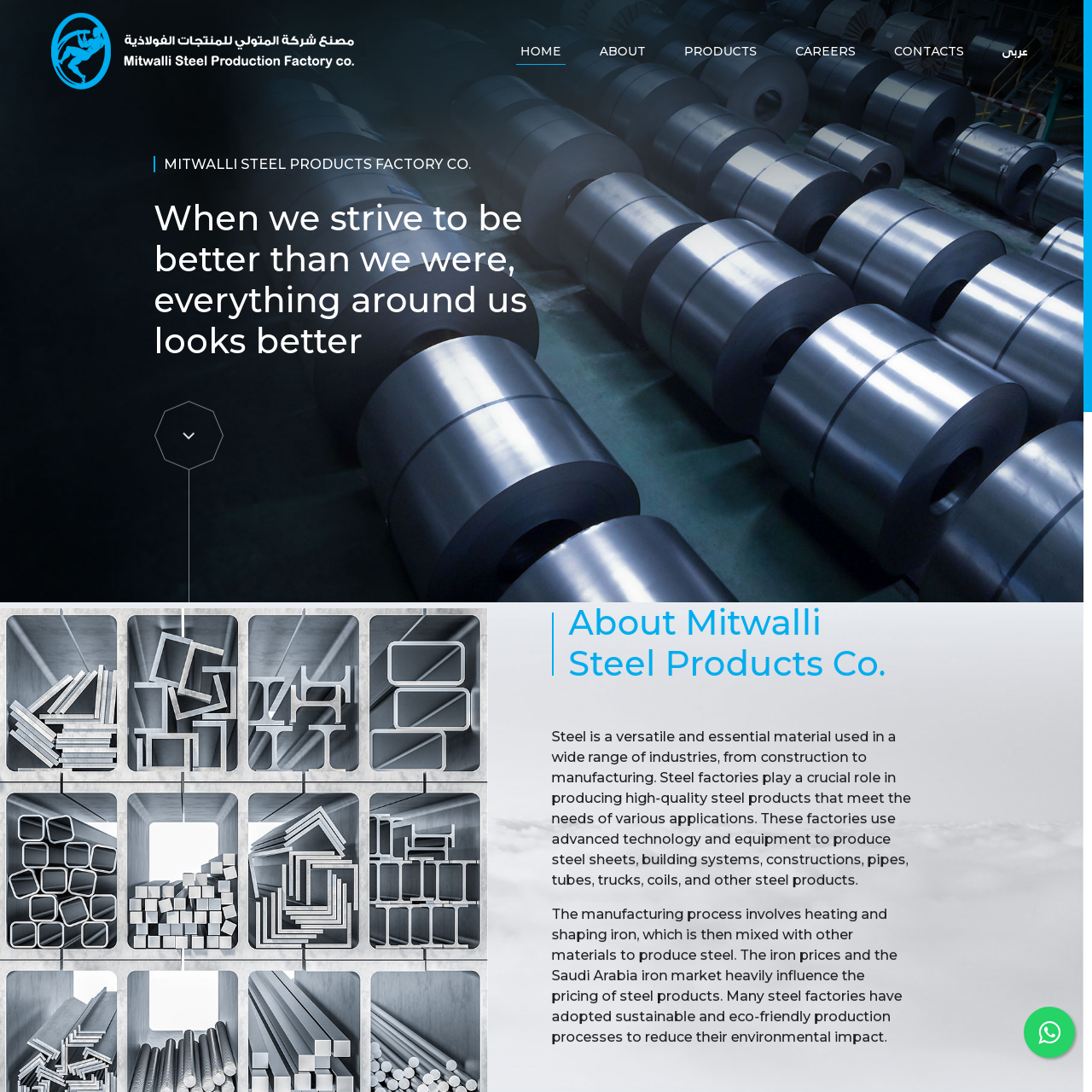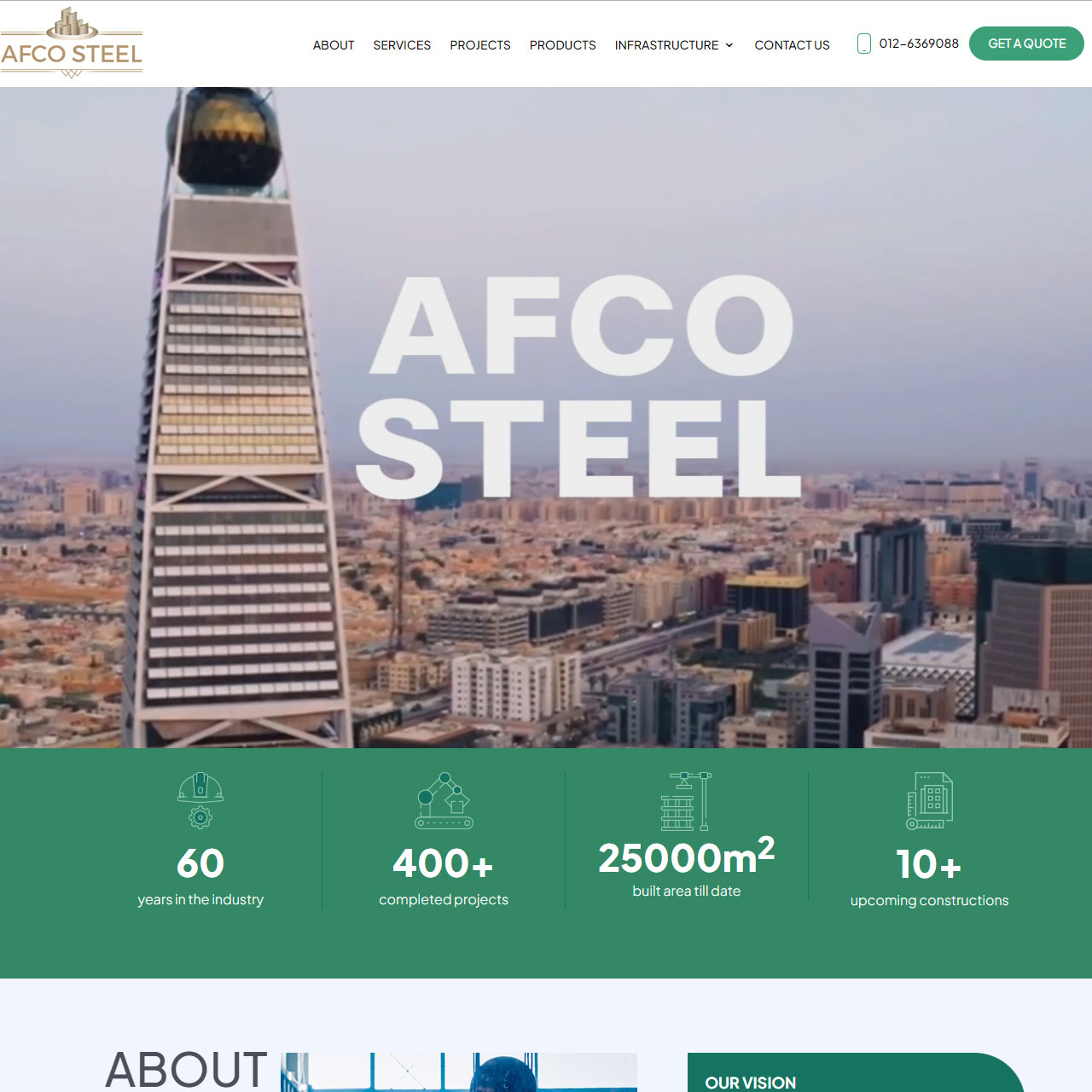Crafting Digital Experiences
Transform Your Vision into a Stunning Website with Expert Web Design
In today’s digital age, your website is your most powerful asset. At Designers Den, we are expert web designers dedicated to creating captivating, functional, and high-performing websites that perfectly represent your brand. From intuitive user experiences to striking visual aesthetics, we build custom web solutions that not only look incredible but also drive your business objectives.
Responsive Design
Ensure your website looks great on all devices with our expert responsive design services.
SEO Optimization
Boost your online visibility and reach with our tailored SEO strategies.

What is web designing?
Web design at Designers-Den encompasses the process of creating and maintaining websites, focusing on aspects such as layout, visual appearance, and user experience. It involves a blend of graphic design, interface design, and information architecture.
Designers at Designers-Den must consider various elements, including typography, color schemes, images, and overall aesthetics, to ensure that the website is visually appealing and functional.
In addition, effective web design at Designers-Den prioritizes user navigation and accessibility, making it easy for visitors to engage with the content.
As technology evolves, web design at Designers-Den adapts to new trends and standards, emphasizing responsiveness across devices.
Ultimately, the goal of web design at Designers-Den is to create an engaging online experience that effectively communicates a brand’s message and meets user needs.
Our Expertise
Explore web design company Services
Designers-Den offers an extensive range of services tailored to meet the diverse needs of clients seeking effective web design solutions.
Our offerings encompass various aspects of web design, including user interface (UI) design, user experience (UX) design, and responsive design. At Designers-Den, we prioritize understanding our clients’ brand identities to create visually appealing and functional websites.
Additionally, we provide custom web development services that guarantee seamless integration of design and technology. With a focus on accessibility and performance, Designers-Den aims to enhance user engagement and satisfaction.
Our team of experts also emphasizes the importance of search engine optimization (SEO) to improve online visibility.
Custom Website Development
We build bespoke websites tailored to your unique business needs, ensuring a perfect fit for your brand.
E-commerce Solutions
Transform your online store with our comprehensive e-commerce design and development services.
UI/UX Design
Enhance user interaction and satisfaction with our intuitive and aesthetically pleasing UI/UX designs.
Content Management Systems
Streamline your content updates with our easy-to-use CMS solutions, giving you full control over your website.
Website Maintenance
Keep your website running smoothly with our reliable maintenance and support services.
Digital Marketing
Expand your reach and grow your audience with our strategic digital marketing services.
Explore Our Web Design Portfolio



Web Design in the Modern Era: Beyond Aesthetics
A successful website today goes far beyond just looking good. It must be user-friendly, optimized for all devices, and built to capture attention, especially with the rise of AI Overviews. We focus on:
- User Experience (UX) & User Interface (UI): Crafting seamless navigation and engaging layouts that make visitors want to stay and explore.
- Mobile-First Responsiveness: Ensuring your site looks and performs flawlessly on smartphones, tablets, and desktops – critical for modern search engines.
- Speed & Performance: Building fast-loading websites that keep users happy and rank better.
- E-E-A-T Integration: We design your site to naturally showcase your brand’s Experience, Expertise, Authoritativeness, and Trustworthiness, which Google highly values.
Custom Web Development
We create tailor-made websites that perfectly align with your brand’s vision and business goals.
Responsive Design
Ensure your site looks stunning and functions seamlessly on any device with our responsive design solutions.
SEO Optimization
Boost your online presence and attract more visitors with our effective SEO strategies.
Our Comprehensive Web Design Services
We offer a full spectrum of web design and development solutions tailored to your unique needs:
-
Custom Website Design & Development
We don’t use templates. Our team crafts unique, bespoke website designs from scratch, aligned with your brand identity and business goals.
-
Responsive Web Design
Your website will look and function perfectly on any device, from the smallest smartphone to the largest desktop monitor, ensuring a consistent user experience.
-
E-commerce Website Development
Powerful and secure online stores built on platforms like Shopify, WooCommerce, or custom solutions, designed to maximize sales and streamline operations.
-
Website Redesign & Revamp
Give your outdated website a fresh, modern look and enhanced functionality, improving its performance and user engagement.
-
CMS Integration (WordPress, etc.)
We build user-friendly websites with robust Content Management Systems, empowering you to easily update and manage your site’s content.
-
Website Maintenance & Support
Ongoing technical support, security updates, and content management services to keep your website running smoothly and securely.
Adobe XD
A powerful tool for creating user interfaces and experiences, Adobe XD offers a seamless design workflow with its intuitive features.
Sketch
Favored by many designers, Sketch is known for its vector editing capabilities and a vast library of plugins that enhance design productivity.
Figma
Figma stands out with its collaborative design environment, allowing multiple designers to work on a project in real-time from anywhere.
Why Choose Designers Den for Your Web Design?
- Creative Excellence: We combine stunning aesthetics with intuitive functionality.
- User-Centric Focus: Every design decision is made with your target audience in mind.
- Future-Proof Solutions: We build websites that are scalable, secure, and ready for future digital trends.
- Experienced Team: Our designers and developers bring years of expertise to every project.
- Transparent Communication: We keep you informed and involved at every step of the design process.
- Integrated Approach: We consider SEO, user experience, and conversion goals from the very beginning.

Ready to Build Your Dream Website?
Your online success starts with a powerful website. Let Designers Den transform your digital presence.
Contact us today for a free web design consultation and let’s create a website that truly stands out!
UI/UX Design
Craft user-friendly interfaces that captivate and engage your audience, enhancing overall satisfaction.
Content Management Systems
Empower your team with intuitive CMS solutions for seamless content updates and management.
Website Maintenance
Ensure peak performance and security with our comprehensive website maintenance services.
Affordable web design?
How can businesses achieve a stunning online presence without breaking the bank?
Affordable web design solutions from Designers-Den offer a pathway for small and medium-sized enterprises to create visually appealing and functional websites.
By leveraging cost-effective design packages, businesses can access professional services without incurring exorbitant expenses.
Designers-Den provides customizable templates and streamlined processes that reduce costs while maintaining quality.
This approach allows businesses to focus their resources on other critical areas, such as marketing and customer engagement.
Additionally, Designers-Den offers ongoing support and maintenance, ensuring that websites remain up-to-date and effective.
Ultimately, affordable web design from Designers-Den empowers businesses to enhance their digital footprint without compromising their budgetary constraints.
Unique & Flexible web design guaranteeing
Affordable web design from Designers-Den sets the stage for creativity and innovation, allowing businesses to explore unique and flexible design options that cater to their specific needs.
Companies increasingly seek distinctive web solutions that not only reflect their brand identity but also enhance user experience. This approach guarantees that websites are adaptable, scaling seamlessly across various devices while maintaining aesthetic appeal.
By prioritizing unique design elements, businesses can differentiate themselves in a competitive market. Flexibility in web design enables quick updates and modifications, ensuring the site remains relevant and effective.
This assurance of uniqueness and adaptability fosters an engaging online presence, ultimately driving customer interaction and satisfaction. Organizations can confidently invest in a web design from Designers-Den that evolves alongside their growth and changing market demands.
Professional web designers
When selecting a web design partner, the expertise of Designers-Den’s professional web designers is crucial in creating impactful online experiences.
Our designers possess a profound understanding of user experience (UX) principles, ensuring that websites are not only visually stunning but also functional and easy to navigate. Proficient in a variety of design tools and technologies, they develop customized solutions that resonate with a brand’s identity and objectives.
Designers-Den’s web designers remain attuned to the latest trends and best practices, allowing them to implement innovative features that boost interactivity and engagement.
Their collaborative approach with clients fosters the creation of a comprehensive strategy that meets specific business needs, resulting in a website that effectively conveys the brand message while driving conversions.
What Our Clients Say
- Sarah Johnson, CEO of Tech Innovate
- Michael Lee, Founder of Green Solutions
- Emily Davis, Marketing Director at Fresh Foods
Find our Web Design Services where you are

Where can businesses find exceptional web design services tailored to their unique needs?
At Designers-Den, we offer a range of web design services that cater to various industries and preferences. Our team specializes in creating customized websites that reflect your brand’s identity.
By leveraging online platforms, you can easily connect with our skilled designers who understand the regional market dynamics and cultural nuances. Whether your company is located in Riyadh, Jeddah, or Dammam, tailored solutions are just a click away with Designers-Den.
Engaging with our reputable web design services allows businesses to enhance their online presence, ensuring their websites are visually appealing, user-friendly, and optimized for search engines.
The right partnership with Designers-Den can effectively drive growth and customer engagement.
Frequently Asked Questions?
Q1: How long does it take to design and launch a new website? A1: The timeline varies based on complexity, but a typical custom website design and development project can take anywhere from 1 to 12 weeks from initial concept to launch. E-commerce sites or very large projects may take longer.
Q2: How much does a professional website design cost? A2: Website design costs depend on factors like features, complexity, number of pages, and custom functionality. We offer tailored packages and provide a detailed quote after understanding your specific requirements during our consultation.
Q3: Will my website be mobile-friendly? A3: Absolutely. All websites we design are built using a responsive design approach, ensuring they look and function perfectly across all devices, including desktops, laptops, tablets, and smartphones.
Q4: Can I update my website’s content myself? A4: Yes! We typically build websites on user-friendly Content Management Systems (CMS) like WordPress,
Start Your Project Today
Ready to elevate your online presence? Request a consultation with our expert team and discover how we can transform your vision into a stunning reality.
